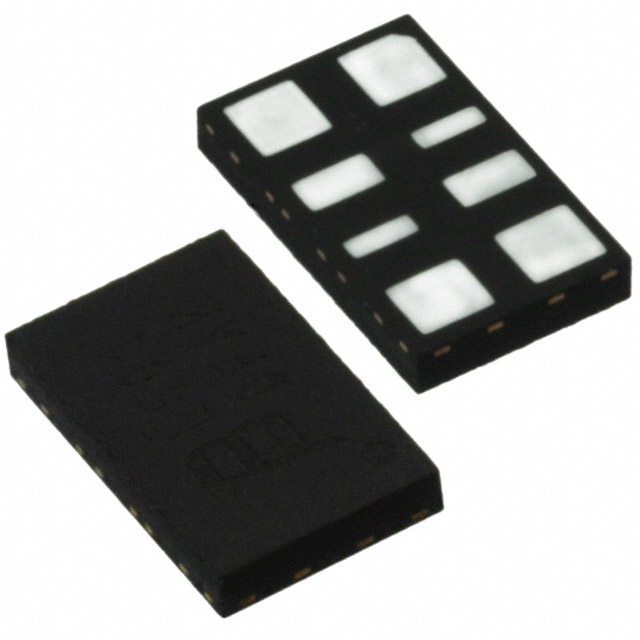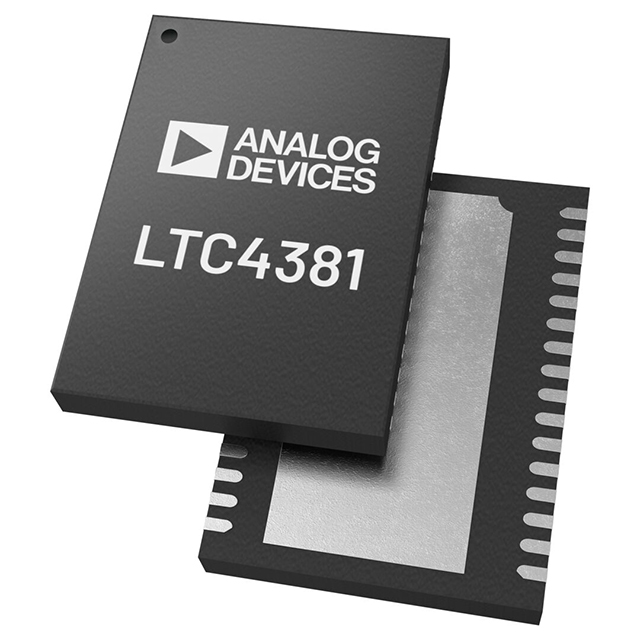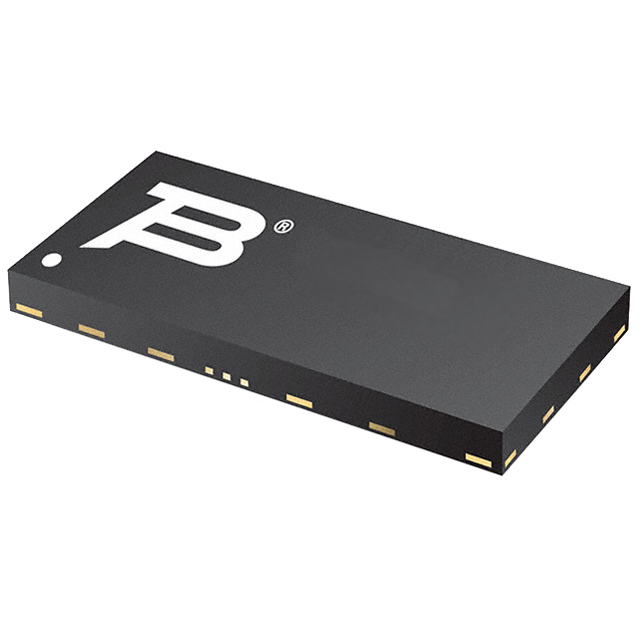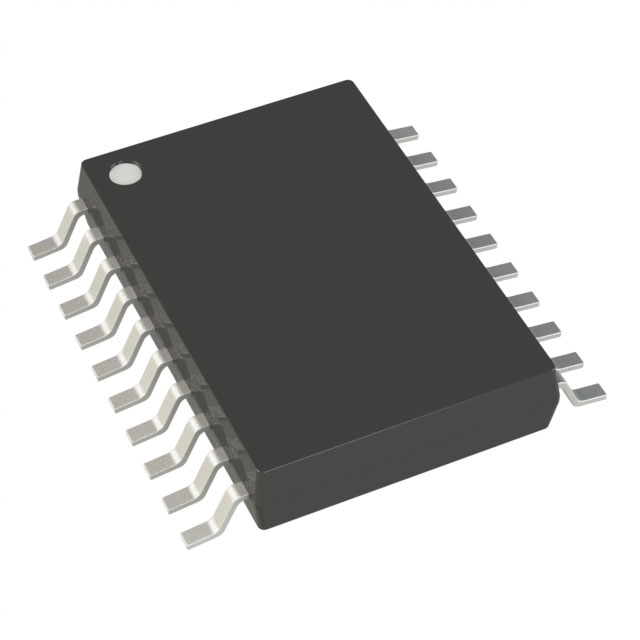

- RFQ
- BOM
-
Contact Us
Tel: +86-0755-83501315
Email: sales@sic-components.com
- Chinese
- English
- French
- German
- Portuguese
- Spanish
- Russian
- Japanese
- Korean
- Arabic
- Irish
- Greek
- Turkish
- Italian
- Danish
- Romanian
- Indonesian
- Czech
- Afrikaans
- Swedish
- Polish
- Basque
- Catalan
- Esperanto
- Hindi
- Lao
- Albanian
- Amharic
- Armenian
- Azerbaijani
- Belarusian
- Bengali
- Bosnian
- Bulgarian
- Cebuano
- Chichewa
- Corsican
- Croatian
- Dutch
- Estonian
- Filipino
- Finnish
- Frisian
- Galician
- Georgian
- Gujarati
- Haitian
- Hausa
- Hawaiian
- Hebrew
- Hmong
- Hungarian
- Icelandic
- Igbo
- Javanese
- Kannada
- Kazakh
- Khmer
- Kurdish
- Kyrgyz
- Latin
- Latvian
- Lithuanian
- Luxembou..
- Macedonian
- Malagasy
- Malay
- Malayalam
- Maltese
- Maori
- Marathi
- Mongolian
- Burmese
- Nepali
- Norwegian
- Pashto
- Persian
- Punjabi
- Serbian
- Sesotho
- Sinhala
- Slovak
- Slovenian
- Somali
- Samoan
- Scots Gaelic
- Shona
- Sindhi
- Sundanese
- Swahili
- Tajik
- Tamil
- Telugu
- Thai
- Ukrainian
- Urdu
- Uzbek
- Vietnamese
- Welsh
- Xhosa
- Yiddish
- Yoruba
- Zulu
- Kinyarwanda
- Tatar
- Oriya
- Turkmen
- Uyghur
5 Clock ics Manuafcturers in 2025
In the fast-paced digital age, clock integrated circuits (ICs) serve as the invisible conductors, synchronizing the operations of countless electronic devices. From the smartphones in our pockets to the high-performance servers powering the cloud, clock ICs ensure that data is processed and transmitted at precisely the right time. As we delve into 2025, several manufacturers stand out for their innovation, market reach, and technological prowess in the clock IC domain. Here, we explore five of the leading players that are setting the tempo for the industry. https://www.sic-components.com/clocktiming
1. Texas Instruments (TI)
Texas Instruments needs little introduction in the semiconductor world. With a long history of innovation spanning decades, TI has firmly established itself as a dominant force in the clock IC market. The company's extensive portfolio of clock products caters to a wide range of applications, from consumer electronics to industrial automation and automotive systems.
Product Offerings
TI offers a diverse array of clock ICs, including clock generators, clock buffers, and phase-locked loops (PLLs). Their clock generators are designed to provide stable and accurate clock signals, with options for multiple output frequencies and low jitter performance. For example, the CDCE913 is a high-performance clock generator that can generate up to 12 outputs with frequencies up to 6.4 GHz, making it suitable for applications such as high-speed data communication and test equipment.
Clock buffers, such as the SN74CBTLV3245, are used to amplify and distribute clock signals while maintaining signal integrity. TI's buffers are known for their low power consumption and high drive capability, ensuring reliable signal transmission across complex circuit boards.
Technological Innovations
TI is constantly pushing the boundaries of clock IC technology. In recent years, the company has made significant strides in reducing jitter in its clock products. Jitter, which is the deviation of a clock signal from its ideal periodicity, can cause errors in data transmission and processing. TI's advanced PLL designs and precision timing technologies have enabled it to achieve ultra-low jitter levels, even in high-frequency applications.
Another area of focus for TI is power management in clock ICs. As electronic devices become more power-conscious, TI has developed clock solutions that consume minimal power without sacrificing performance. This is particularly important in battery-powered applications such as wearables and Internet of Things (IoT) devices.
Market Impact
With a global presence and a vast customer base, TI's clock ICs are found in a multitude of products worldwide. In the automotive industry, TI's clock solutions play a crucial role in advanced driver-assistance systems (ADAS), ensuring accurate timing for sensors, processors, and communication modules. In the data center market, TI's high-performance clock ICs help optimize the performance of servers and networking equipment, enabling faster data transfer and processing.
2. Analog Devices (ADI)
Analog Devices is another heavyweight in the semiconductor industry, renowned for its expertise in analog and mixed-signal technologies. In the clock IC space, ADI offers a range of high-quality products that are trusted by engineers around the world.
Product Portfolio
ADI's clock IC offerings include precision clock generators, clock synthesizers, and timing solutions for synchronization. The ADF4350 is a popular wideband synthesizer that can generate frequencies from 35 MHz to 4400 MHz with excellent phase noise performance. This makes it suitable for applications such as wireless communication, radar systems, and test and measurement equipment.
ADI also provides clock distribution solutions, such as the ADCLK948, which can distribute a single clock input to multiple outputs with low skew. These products are essential for ensuring that all components in a system receive the clock signal at the same time, minimizing timing errors.
Technological Edge
One of ADI's key technological strengths is its ability to integrate multiple functions into a single clock IC. For example, some of their clock generators incorporate built-in temperature compensation, which helps maintain the accuracy of the clock signal over a wide range of operating temperatures. This is especially important in industrial and automotive applications, where devices may be exposed to extreme environmental conditions.
ADI is also at the forefront of developing clock solutions for emerging technologies such as 5G and beyond. Their clock ICs are designed to meet the stringent timing requirements of 5G base stations, ensuring reliable and high-speed communication. As the industry moves towards 6G, ADI is likely to play a significant role in providing the necessary clocking infrastructure.
Industry Influence
ADI's clock ICs are widely used in critical applications where precision and reliability are non-negotiable. In the aerospace and defense sectors, ADI's clock solutions are used in navigation systems, radar systems, and communication equipment. Their products are also used in medical devices, where accurate timing is essential for functions such as imaging and patient monitoring.
3. STMicroelectronics
STMicroelectronics is a global semiconductor leader that offers a comprehensive range of products, including clock ICs. With a strong focus on innovation and quality, STMicroelectronics has made a significant impact in the clock IC market.
Product Highlights
STMicroelectronics' clock IC portfolio includes real-time clock (RTC) chips, clock generators, and timing modules. Their RTC chips, such as the STM8L15x series, are widely used in applications that require accurate timekeeping, such as smart meters, security systems, and portable devices. These chips offer low power consumption and high accuracy, even in battery-powered applications.
The company's clock generators, such as the STM32H7 series, are designed to provide stable clock signals for microcontrollers and other digital components. These generators offer multiple output frequencies and can be configured to meet the specific requirements of different applications.
Innovation and Development
STMicroelectronics is constantly investing in research and development to improve the performance of its clock ICs. One area of innovation is in the development of low-power clock solutions. With the increasing demand for energy-efficient devices, STMicroelectronics has developed clock ICs that consume minimal power while still delivering high performance.
The company is also exploring new technologies such as MEMS (microelectromechanical systems) for clock generation. MEMS-based clock generators offer advantages such as small size, low power consumption, and high reliability, making them suitable for applications where space and power are at a premium.
Market Reach
STMicroelectronics' clock ICs are used in a variety of industries, including consumer electronics, automotive, industrial, and healthcare. In the consumer electronics market, their clock solutions are found in smartphones, tablets, and smart home devices. In the automotive industry, STMicroelectronics' clock ICs are used in in-vehicle infotainment systems, engine control units, and ADAS.
4. Epson
Epson is a well-known name in the world of precision technology, and its expertise extends to clock ICs. With a long history of manufacturing high-quality crystal oscillators and clock devices, Epson has a strong presence in the clock IC market.
Product Lineup
Epson offers a range of clock ICs, including crystal oscillators, clock generators, and timing modules. Their crystal oscillators are highly regarded for their accuracy and stability. For example, the FC-135 is a miniature crystal oscillator that offers low power consumption and high frequency stability, making it suitable for applications such as wearables, IoT devices, and wireless communication modules.
Epson's clock generators, such as the SG-8002CE, are designed to provide reliable clock signals with low jitter. These generators can be used in a variety of applications, including computers, servers, and network equipment.
Technological Expertise
Epson's core strength lies in its crystal technology. The company has developed advanced manufacturing processes to produce high-quality crystals that offer excellent frequency stability over time and temperature. This expertise allows Epson to create clock ICs that are highly accurate and reliable, even in challenging operating conditions.
In addition, Epson is constantly working on improving the performance of its clock ICs through the use of advanced materials and design techniques. The company is also exploring new applications for its clock technology, such as in the emerging field of quantum computing, where precise timing is crucial.
Market Impact
Epson's clock ICs are used in a wide range of industries, from consumer electronics to aerospace and defense. In the consumer electronics market, Epson's crystal oscillators are commonly used in smartphones, smartwatches, and gaming consoles. In the aerospace and defense sectors, Epson's clock solutions are used in navigation systems, communication equipment, and avionics.
5. SiTime
SiTime is a relatively young but rapidly growing player in the clock IC market. The company specializes in MEMS-based clock solutions, which offer several advantages over traditional quartz-based clock devices.
Product Offerings
SiTime's product portfolio includes MEMS oscillators, clock generators, and timing solutions. Their MEMS oscillators, such as the SiT15xx series, offer high accuracy, low power consumption, and small size. These oscillators are also more robust than traditional quartz oscillators, making them suitable for applications in harsh environments.
SiTime's clock generators, such as the SiT800x series, can generate multiple clock outputs with programmable frequencies. These generators are designed to be highly flexible, allowing engineers to configure them to meet the specific requirements of their applications.
Technological Differentiation
SiTime's MEMS-based clock technology is a key differentiator in the market. MEMS oscillators are fabricated using semiconductor manufacturing processes, which allows for greater precision and control in the design and production of clock devices. This results in clock ICs that offer better performance, smaller size, and lower cost compared to traditional quartz-based solutions.
The company also offers a high degree of customization in its clock ICs. Engineers can use SiTime's online configurator to design a clock solution that meets their exact specifications, including frequency, power consumption, and package size.
Market Growth
SiTime has been experiencing rapid growth in recent years, as more and more industries are adopting MEMS-based clock solutions. The company's products are used in a variety of applications, including 5G infrastructure, automotive electronics, and industrial automation. As the demand for smaller, more power-efficient, and reliable clock ICs continues to grow, SiTime is well-positioned to capture a larger share of the market.
Conclusion
In 2025, these five clock IC manufacturers - Texas Instruments, Analog Devices, STMicroelectronics, Epson, and SiTime - are leading the charge in shaping the future of clock technology. Through their innovative product offerings, technological advancements, and broad market reach, they are enabling the development of faster, more efficient, and more reliable electronic devices across a wide range of industries. As the digital world continues to evolve at a breakneck pace, these manufacturers will play a crucial role in ensuring that the underlying clocking infrastructure keeps up with the demands of emerging technologies. Whether it's powering the next generation of 5G and 6G networks, enabling the growth of autonomous vehicles, or driving the development of advanced medical devices, the clock ICs from these leading manufacturers will be the unsung heroes that keep the digital world ticking.
https://www.sic-components.com/clocktiming

Hot Products
View MoreRelated Blogs

2000+
Daily average RFQ Volume

30,000,000
Standard Product Unit

2800+
Worldwide Manufacturers

15,000 m2
In-stock Warehouse

















 Wishlist (0 Items)
Wishlist (0 Items)